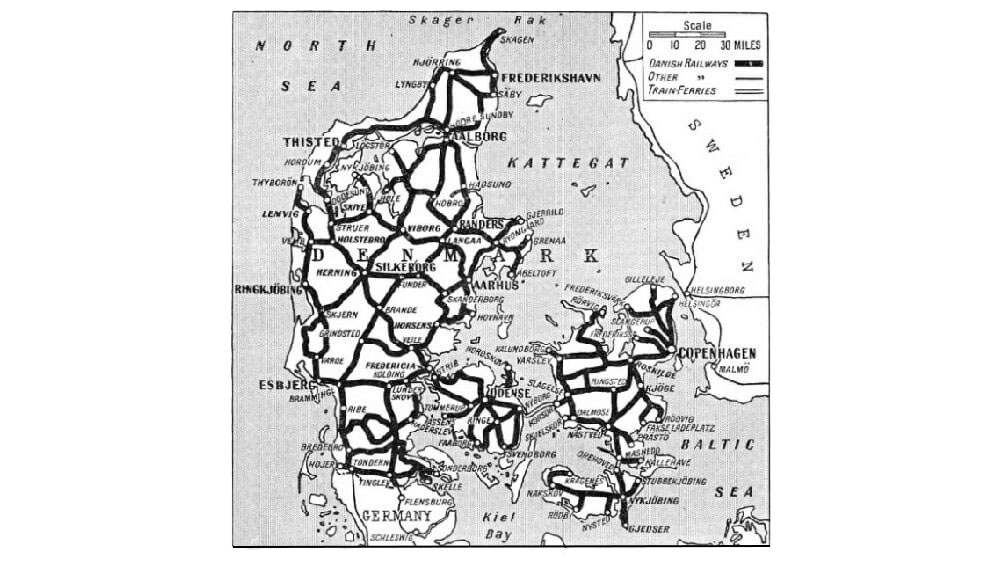UPDATED 1 Sept: The EI library in London is temporarily closed to the public, as a precautionary measure in light of the ongoing COVID-19 situation. The Knowledge Service will still be answering email queries via email , or via live chats during working hours (09:15-17:00 GMT). Our e-library is always open for members here: eLibrary , for full-text access to over 200 e-books and millions of articles. Thank you for your patience.
New Energy World™
New Energy World™ embraces the whole energy industry as it connects and converges to address the decarbonisation challenge. It covers progress being made across the industry, from the dynamics under way to reduce emissions in oil and gas, through improvements to the efficiency of energy conversion and use, to cutting-edge initiatives in renewable and low-carbon technologies.
Denmark makes tracks toward an electrified railway
24/4/2024
13 min read
Feature
Since 2013, Denmark has been electrifying the main part of the national railway network, following a decision by the government to reduce CO2 emissions from railway operations. Offering an overview of the scheme is Jette Aagaard, Programme Director at public Danish rail body Banedanmark.
Although some parts of the network are already electrified, the project will see the conversion of up to another 1,300 km of the Danish main line. Denmark’s governmental rail body, Banedanmark, is overseeing the electrification of the railway. The contract to carry out the works was awarded to a consortium of rail supplier Siemens Mobility and infrastructure contractor Per Aarsleff. The electrification programme began in 2014 and is due to be completed in 2029, when the current electrification contract expires. The electrification programme itself is mainly state-funded.
Part of its scope is to electrify Ringsted-Femern Banen, which is an infrastructure project for a new double-track railway from Ringsted to Rødby. This project is financed through Femern, as a part of the Fehmarnbelt connection project, a new 18 km road and rail tunnel expected to be completed in 2029 that will open up a new corridor from the Mediterranean area all the way to Scandinavia. This corridor will serve as a physical connection between Germany and the eastern part of Denmark, which also allows for faster transit to Sweden and further North.
List of stretches of Danish railway that have been or will be electrified
- Esbjerg-Lunderskov (2 x 57 km); completed in 2017
- Copenhagen-Ringsted (2 x 60 km); completed in 2019
- Køge Nord-Næstved (45 km); completed in 2019
- Ringsted-Vordingborg (2 x 50 km)
- Vordingborg-Holeby (2 x 64 km)
- Roskilde-Kalundborg (112 km)
- Fredericia-Aarhus (2 x 109 km)
- Aarhus-Aalborg (2 x 140 km)

